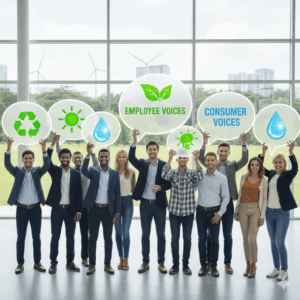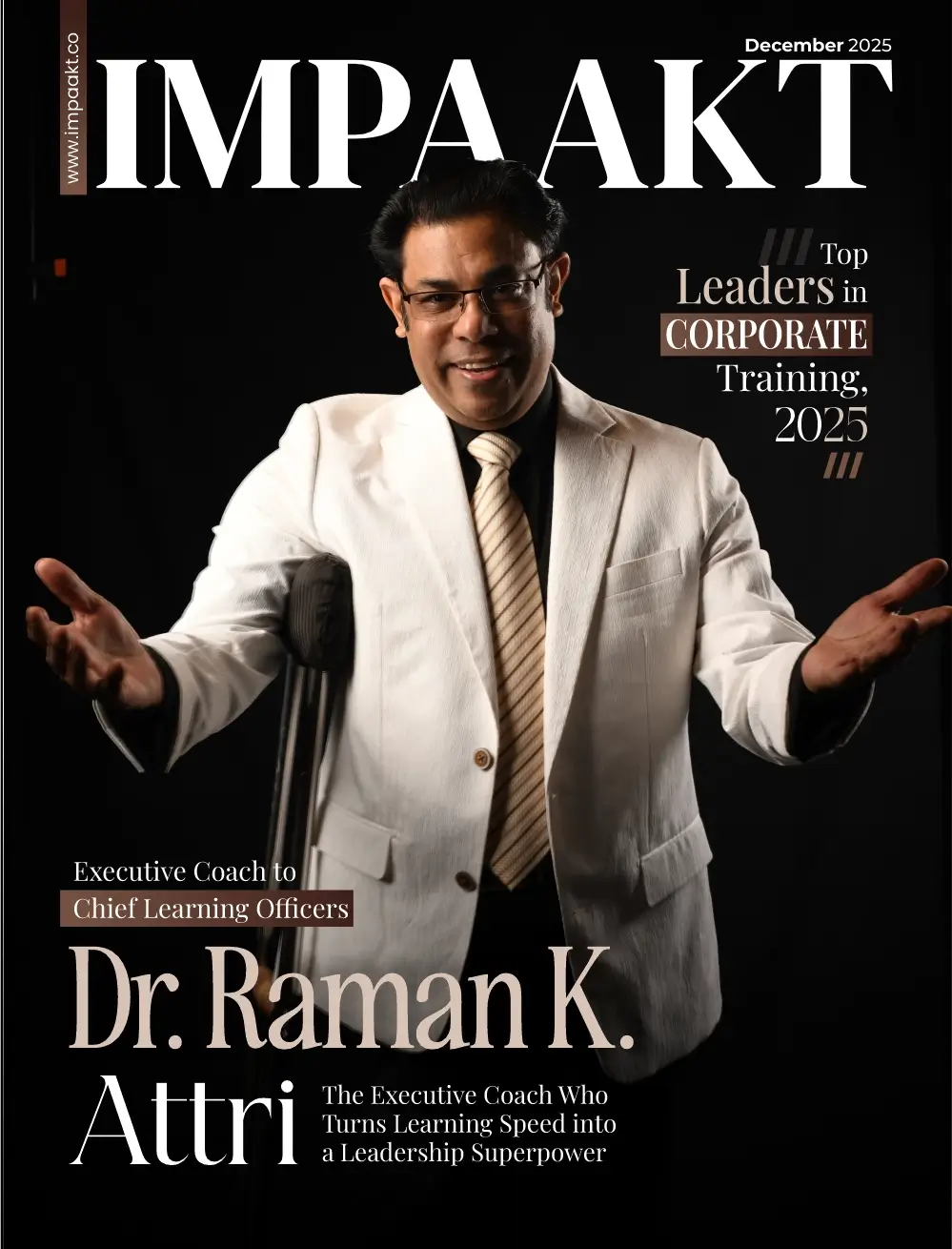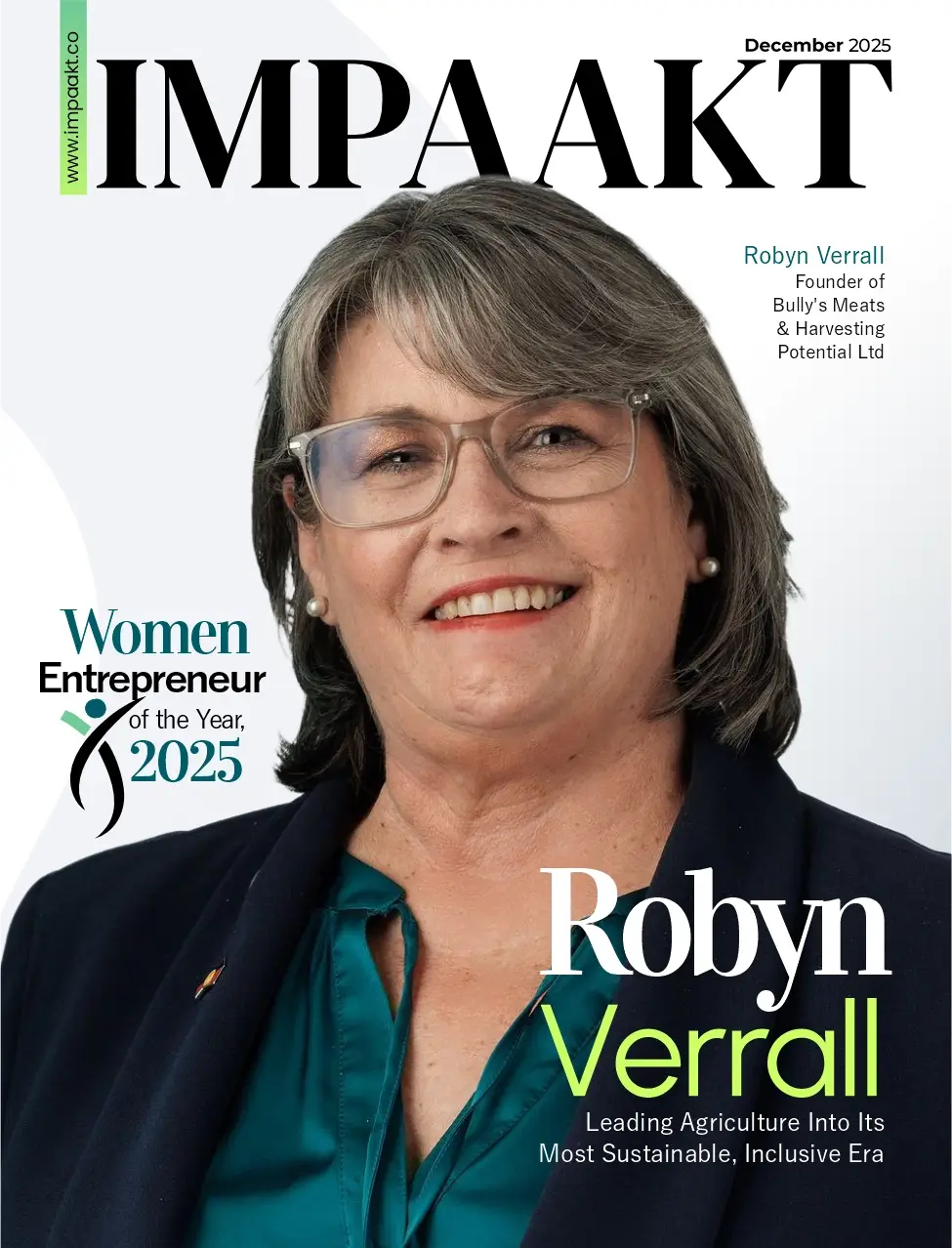As businesses face rising political scrutiny and regulatory pressures, corporate leaders are grappling with a new challenge: how to talk about sustainability without sparking backlash. For many organizations, the temptation is to go silent, under-communicating or even shutting down sustainability messaging altogether. But in today’s climate-conscious world, silence comes at a cost—undermining trust, weakening brand value, and missing out on growth opportunities.
A recent Pew Research survey revealed that seven in ten Americans believe large companies are not doing enough to address climate change. Choosing not to communicate environmental or social efforts risks widening this credibility gap. Meanwhile, businesses that act on sustainability often unlock financial benefits, including reduced waste, lower material costs, decreased energy use, and more resilient supply chains.
In this environment, organizations need a new approach to corporate sustainability communication—one that is transparent, empathetic, and forward-looking. It should be honest without being alarmist, hopeful without being naive, and strategic without sounding defensive. This involves three key strategies: understanding stakeholder expectations, connecting through stories as well as facts, and moving beyond static sustainability reports.
1. Understand and Address Stakeholder Expectations
Customer and employee expectations around sustainability are not aligned with polarized political rhetoric. Consumers are increasingly choosing sustainable products, even at higher price points. Recent research shows that eco-friendly products now hold a 23.8% market share despite an average 26.6% price premium.
Employees are also driving the sustainability agenda. Two-thirds of job seekers say they are more likely to apply for companies that demonstrate genuine environmental commitment. A workforce that values environmental responsibility is not only more engaged but also more loyal.
Companies should not rely solely on global studies to guide their strategies. Instead, they need deep audience insights tailored to their markets. For example, Boston Children’s Hospital surveyed its employees, patients, and families about climate change perceptions and used the results to shape both sustainability initiatives and communication strategies. This approach inspired waste-reduction programs and energy-efficiency efforts while reinforcing internal trust.
Understanding audience-specific concerns allows organizations to craft messages that feel authentic and personal—avoiding the trap of corporate jargon that prioritizes organizational image over stakeholder needs.
2. Connect Emotionally Through Stories and Facts
Data and facts remain essential in sustainability communication, especially in an era where greenwashing allegations can damage reputations. But facts alone are not enough. To inspire action, companies need stories that humanize sustainability and show why it matters.
Studies such as Potential Energy’s Later is Too Late highlight that people are most motivated by protecting the future for their children and families. Messages framed around “safeguarding the next generation” resonate more strongly than technical warnings about “carbon pollution” or “1.5°C warming.”
For B2B brands, sustainability stories should be framed as practical business strategies, emphasizing financial risk reduction, innovation opportunities, and customer care. Research from The Return on Responsibility study shows that positioning sustainability as common-sense business practice reduces political pushback.
Language also plays a critical role. Instead of polarizing or overly technical jargon, companies should use accessible, human-centered language. Phrases like “extreme weather,” “eliminating pollution,” or “protecting communities” connect more strongly than abstract policy terms. Leading brands like Patagonia avoid the term “sustainability” altogether, opting for straightforward, action-driven language that acknowledges impact and highlights solutions.
Similarly, brands such as Dr. Bronner’s and Reformation frame their environmental efforts in ways that feel authentic to their voice—focusing on shared values and practical lifestyle guidance rather than corporate-speak.
3. Move Beyond
The Traditional Sustainability Report
For many companies, the annual ESG or sustainability report is the only communication tool. But in 2025, relying solely on a static report is insufficient. Reports often read like compliance checklists—dense, data-heavy, and uninspiring.
Forward-looking organizations are moving to dynamic, digital-first reporting formats. These formats incorporate interactive elements like videos, animations, and clickable scorecards, making complex data more engaging and accessible.
Tillamook County Creamery Association, a farmer-owned cooperative, replaced its traditional PDF report with an interactive web version. This new format tells the sustainability story in a playful, brand-consistent voice while still providing detailed data for stakeholders.
Beyond the report itself, companies should develop a year-round sustainability content strategy. Boston Medical Center exemplifies this with multi-channel storytelling—from TikTok campaigns and video spotlights to long-form health equity articles. This continuous engagement keeps sustainability at the forefront rather than buried in a once-a-year document.
Even organizations with limited budgets can extend communication by repurposing content. Key report metrics can become infographics for social media, employee testimonials can fuel internal campaigns, and case studies can be turned into blogs or short videos. The report becomes not just a compliance requirement but a content goldmine for sustained storytelling.
Corporate Sustainability Communication in 2025: The Way Forward
As ESG undergoes rebranding and faces heightened scrutiny, companies should not retreat into silence. Instead, this is an opportunity to transform corporate sustainability communication into a more authentic, audience-driven, and multi-channel strategy.
Every organization holds within its operations countless human stories—from employees driving energy-efficiency initiatives to communities benefiting from waste-reduction programs. When told effectively, these stories enhance trust, attract top talent, strengthen consumer loyalty, and boost business resilience.
Silence is not safe—it’s a missed opportunity. The companies that thrive will be those that speak with clarity, humanity, and courage.
For expert insights on sustainability strategy and global business impact, explore IMPAAKT, a top business magazine delivering thought leadership on responsible growth.















